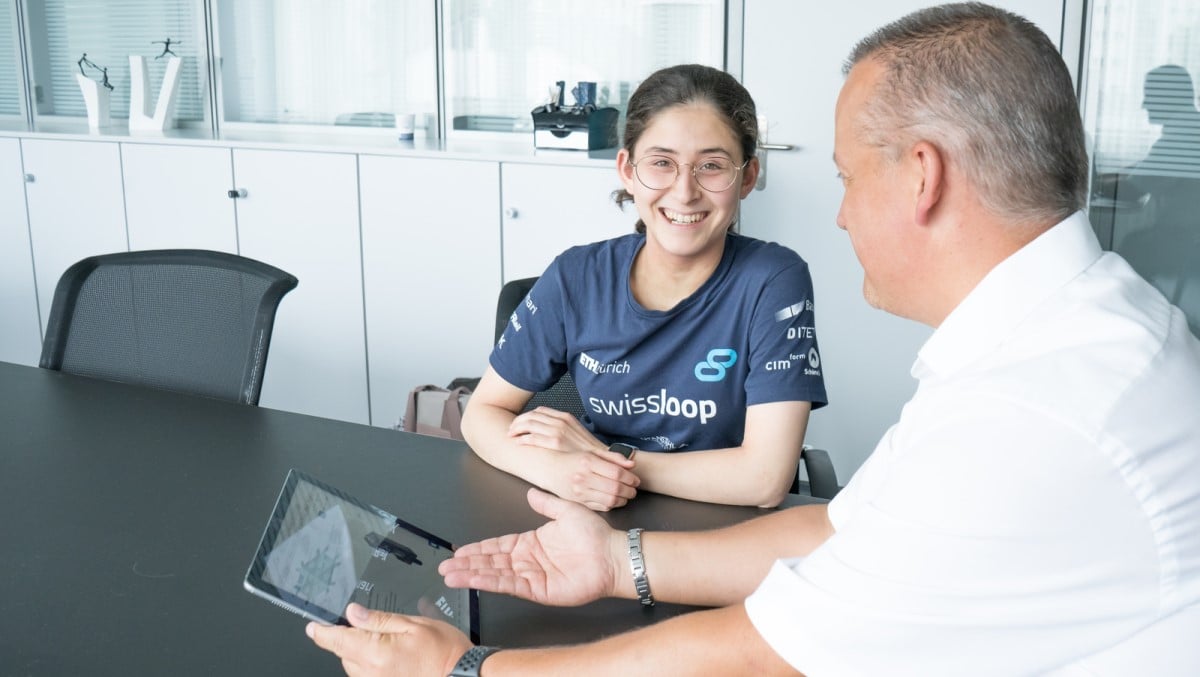
Interview questions for Lina De Windt (electrical engineer)
Today we are talking to Lina De Windt. She studies electrical engineering at the ETH in Zurich and is an electrical engineer in the Swissloop team.
Dear Lina...
You recently tested your newly developed pod. As an outsider, how can one imagine this project phase - what happens there?
The previous project phase, testing the newly developed pod, required a lot of careful planning, coordination and execution. As a first step, all subsystems had to be tested individually for their functionality before everything could be built into the pod. The team then tested the various aspects of the pod's functionality, including communication between the different subsystems, correct signal relay in the event of a failure, and the braking systems. The team carefully evaluated the data gathered during the tests to identify any problems or areas for improvement, but most importantly to ensure that the Pod met all the required safety standards. Overall, this phase of the project required a lot of hard work, an eye for detail and close collaboration to ensure the pod was safe, reliable and effective.
What components and elements did you pay particular attention to during testing? What role did the Baumer sensors play?
During testing, we paid special attention to the functioning of various critical components and elements of the pod, such as the propulsion system, the braking system, the levitation system, the power electronics and the safety elements. Baumer sensors played an important role in this testing process as they provide accurate and reliable data on the position, force and pressure of the individual subsystems. This data is very important for us, as it provides information about the speed and acceleration of the pod, among other things. By providing real-time data on these functions, the team can ensure that the pod is functioning correctly and providing the required level of protection for the pod and its environment.
